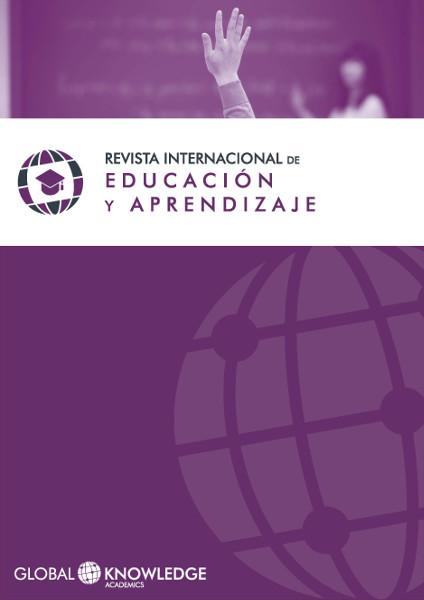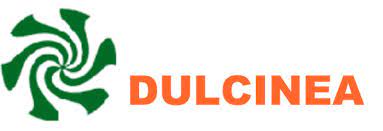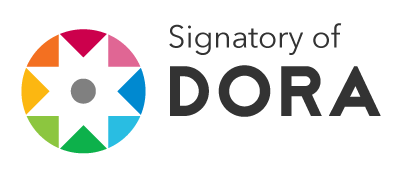The teaching of Spanish as a Foreign Language to Italian Students: Grammar and Syntax in Modern Day Teaching
DOI:
https://doi.org/10.37467/gka-revedu.v1.620Keywords:
Spanish L2, Syntax, TeachingAbstract
The teaching of foreign languages has aroused a widespread interest among scholars of various subjects. In particular, the teaching of Spanish as L2 has been specifically developed over the years. Old textbooks have traditionally failed to give a suitable grounding by focusing too much on similarities between the two languages. In more recent times, as scholars have become more conscious of the challenges associated with related languages, they have begun comparing and contrasting. Moreover, the advent of new technologies continues to pose new challenges. One such challenge relates to teachers as “digital immigrants” and learners as “digital natives”. Furthermore, new language courses are designed with a plurilinguistic approach and do not take into account the linguistic interferences between Spanish and Italian. This article aims to investigate how modern teaching deals with grammar and syntax as major issues for Italian students aiming to improve their Spanish.
Downloads
Global Statistics ℹ️
|
583
Views
|
513
Downloads
|
|
1096
Total
|
|
References
Baralo, M. (2008). “Reflexiones sobre la selección de ‘ser’ y ‘estar’ en la interlengua española”. Revista Nebrija de Lingüística Aplicada a la Enseñanza de Lenguas 2/3.
Bautista Pérez, G.; Borges Sáiz F.; Forés i Miravallés A. (2006). Didáctica universitaria en Entornos Virtuales de Enseñanza-Aprendizaje. Madrid, Narcea Ediciones.
Blázquez Entonado F. y L. Alonso Díaz. (2009). “Funciones del profesor de e-learning”. Revista de Medios y Educación 34. 205–215. Pixel-Bit.
Calvi, M. V. (1995). Didattica di lingue affini spagnolo e italiano. Guerini Scientifica, Milano.
Luque, R. (2008). “Las perífrasis verbales: un planteamiento contrastivo entre español e italiano”. Romanica Cracoviensia 8. 61-69. Jagiellonian University Press.
Webliografía
Andrada, A. M., y Parselis, M. (2009). E- learning y Educación Superior. Una mirada desde el aprendizaje colaborativo, la interdependencia de saberes y la gestión del conocimiento, Universidad Católica Argentina Instituto de Comunicación Social, Periodismo y Publicidad. [Documento de Internet disponible en http://www.scribd.com/doc/22153056/e-learning-y-Educacion-Superior]
Calvi, M. V. (2004). “Aprendizaje de lenguas afines: español e italiano”. Revista Redele 1. [Documento de Internet disponible en http://www.educacion.gob.es/dctm/redele/Material-RedEle/Revista/2004_01/2004_redELE_1_02Calvi.pdf?documentId=0901e72b80e06a6d]
Coronado Hernández, J. 2008. El Verbo Auxiliar. Bibliografía comentada: El verbo auxiliar. EL Colegio de México. [Documento de Internet disponible en http://lef.colmex.mx/Sociolinguistica/Cursos/Bib%20comentadas/El%20verbo%20auxiliar.pdf]
Marquès Graells, P. (2000). “Impacto de las Tic en la Enseñanza Universitaria”. Departamento de Pedagogía aplicada. Facultad de Educación UAB España. [Documento de Internet disponible en http://www.peremarques.net/ticuniv.htm]
Núñez Román, F. (2009). “Diátesis pasiva en italiano y español. Apuntes para un análisis contrastivo” Language Design 11. 79-92. Universidad de Sevilla. [Documento de Internet disponible en http://elies.rediris.es/Language_Design/LD11/LD11-04-Nunnez.pdf]
Prensky, M. (2001) (2010). “Nativos Digitales, Inmigrantes Digital”. On the Horizon MCB University Press, 9/5. 1-6. Traducción Vanina Osés, M. y Morelli, P. [Documento de Internet disponible en http://psiytecnologia.files.wordpress.com/2010/02/prensky-nativos-digitales-inmigrantesdigital-traduccion.pdf]
Real Academia Española Diccionario de la lengua española, Vigésima segunda edición (2001) [Documento de Internet disponible en http://lema.rae.es/drae/]
Real Academia Española Diccionario Panhispánico De Dudas, Primera edición (octubre 2005) [Documento de Internet disponible en http://lema.rae.es/dpd/]
Regueiro Rodríguez, M. L. (2008). “Algunas reflexiones sobre ser y estar copulativos en la gramática española”. Revista Nebrija de Lingüística Aplicada a la Enseñanza de Lenguas 2/3. Universidad Complutense de Madrid. [Documento de Internet disponible en http://www.nebrija.com/revista-linguistica/anteriores/numero1-3/Regueiro_seryestar.pdf]
Downloads
Published
How to Cite
Issue
Section
License
Those authors who publish in this journal accept the following terms:
-
Authors retain copyright.
-
Authors transfer to the journal the right of first publication. The journal also owns the publishing rights.
-
All published contents are governed by an Attribution-NoDerivatives 4.0 International License.
Access the informative version and legal text of the license. By virtue of this, third parties are allowed to use what is published as long as they mention the authorship of the work and the first publication in this journal. If you transform the material, you may not distribute the modified work. -
Authors may make other independent and additional contractual arrangements for non-exclusive distribution of the version of the article published in this journal (e.g., inclusion in an institutional repository or publication in a book) as long as they clearly indicate that the work was first published in this journal.
- Authors are allowed and recommended to publish their work on the Internet (for example on institutional and personal websites), following the publication of, and referencing the journal, as this could lead to constructive exchanges and a more extensive and quick circulation of published works (see The Effect of Open Access).













